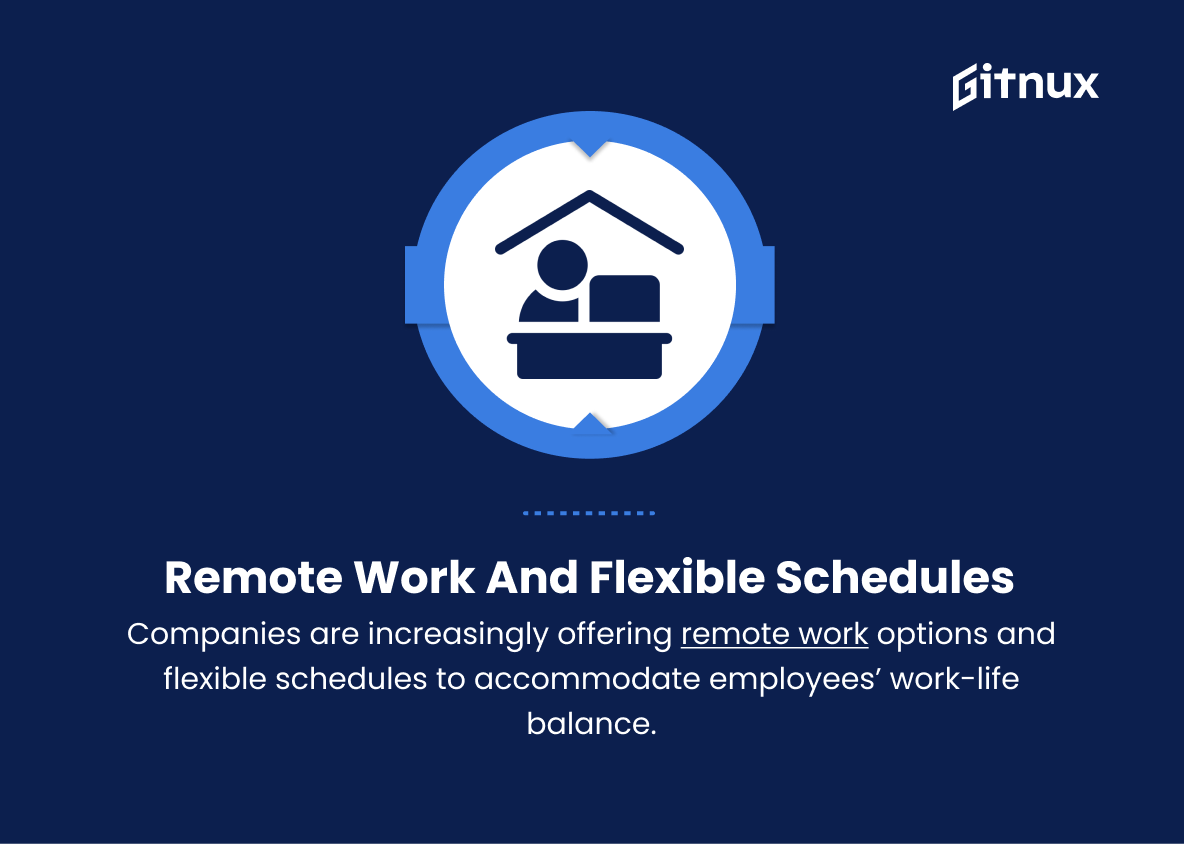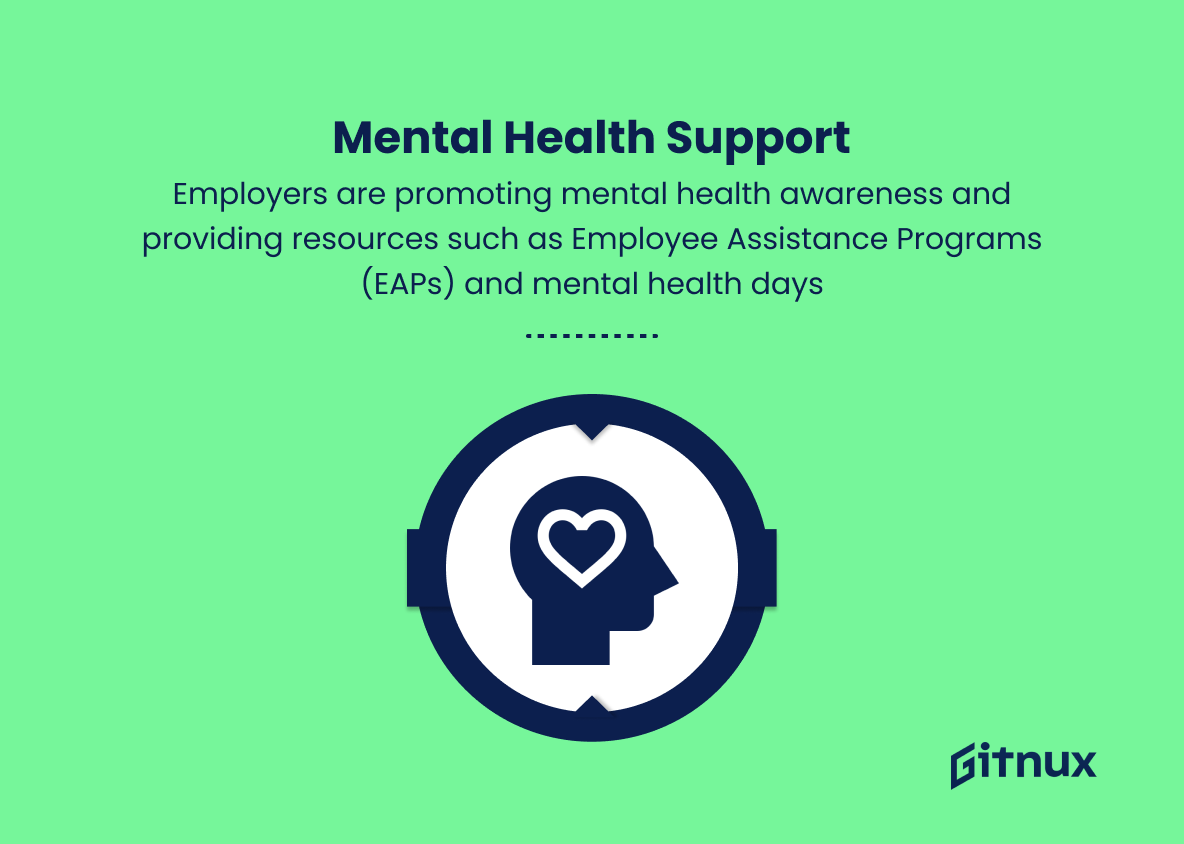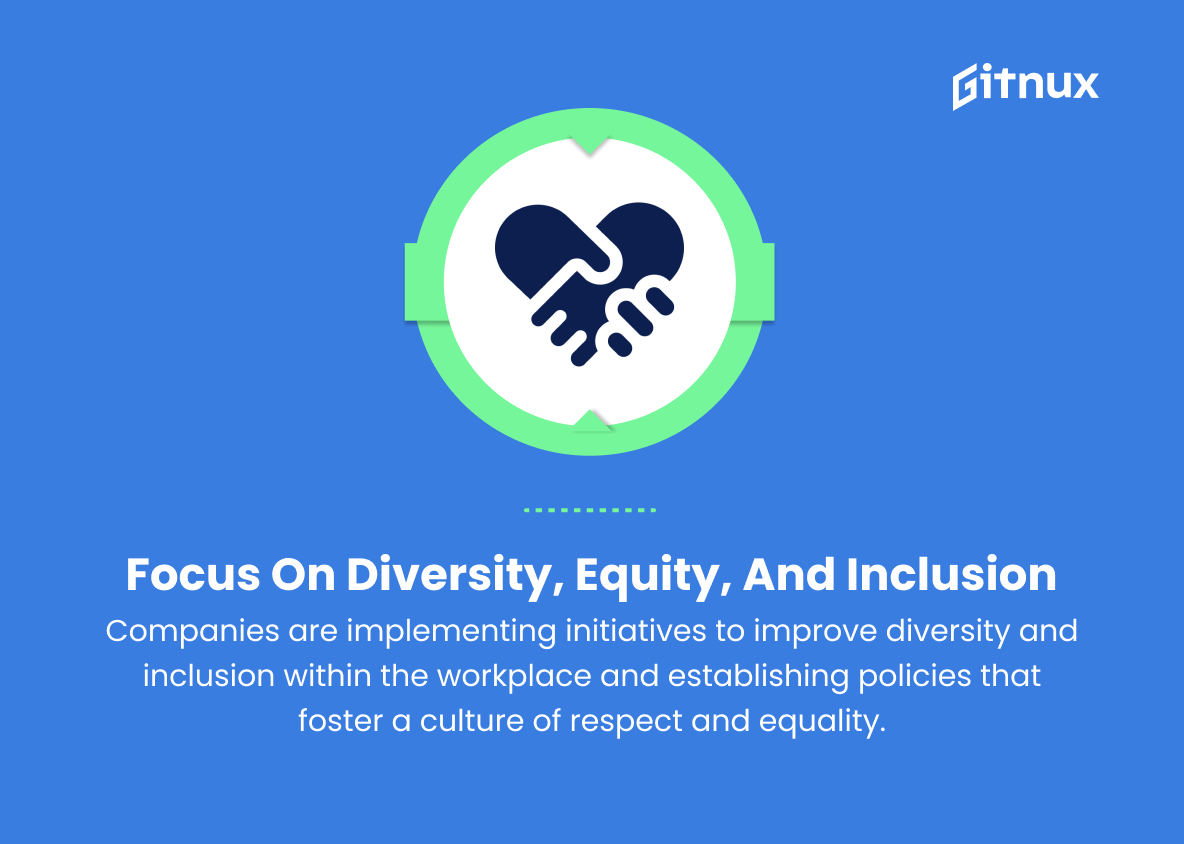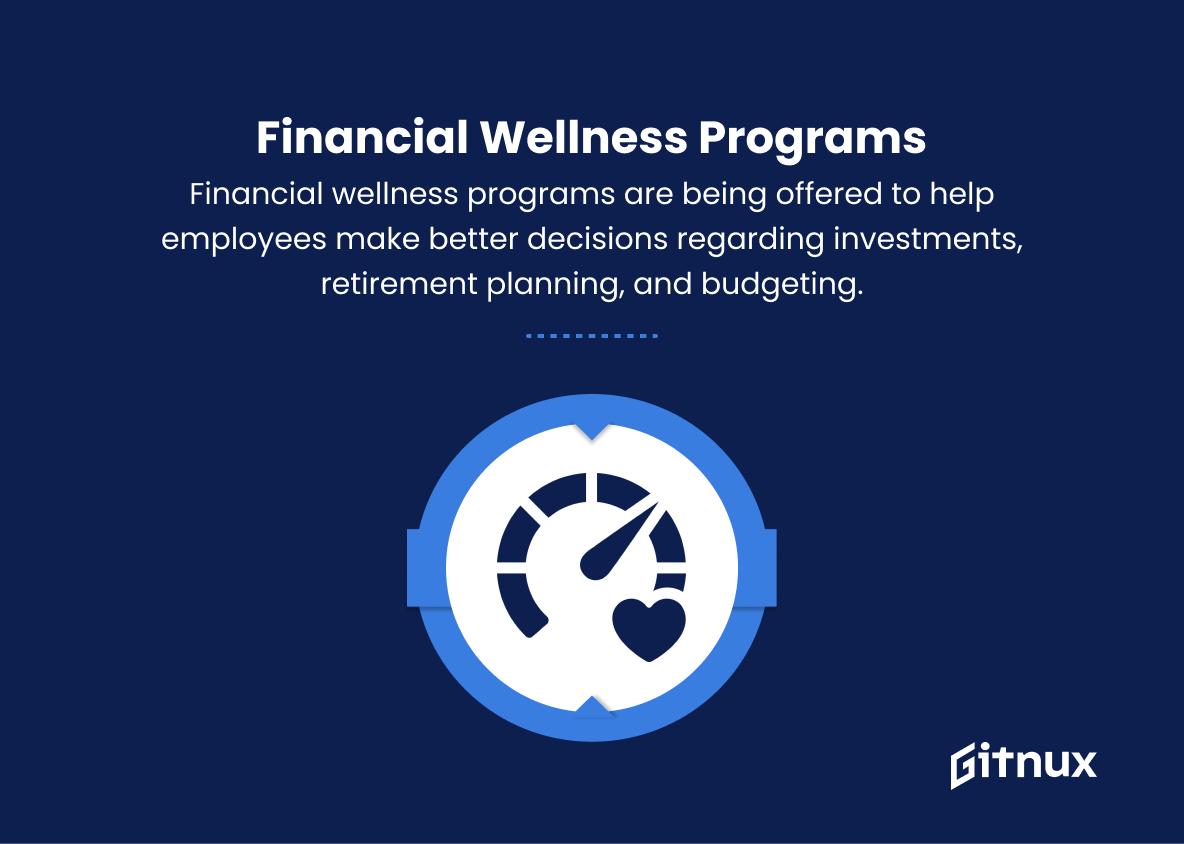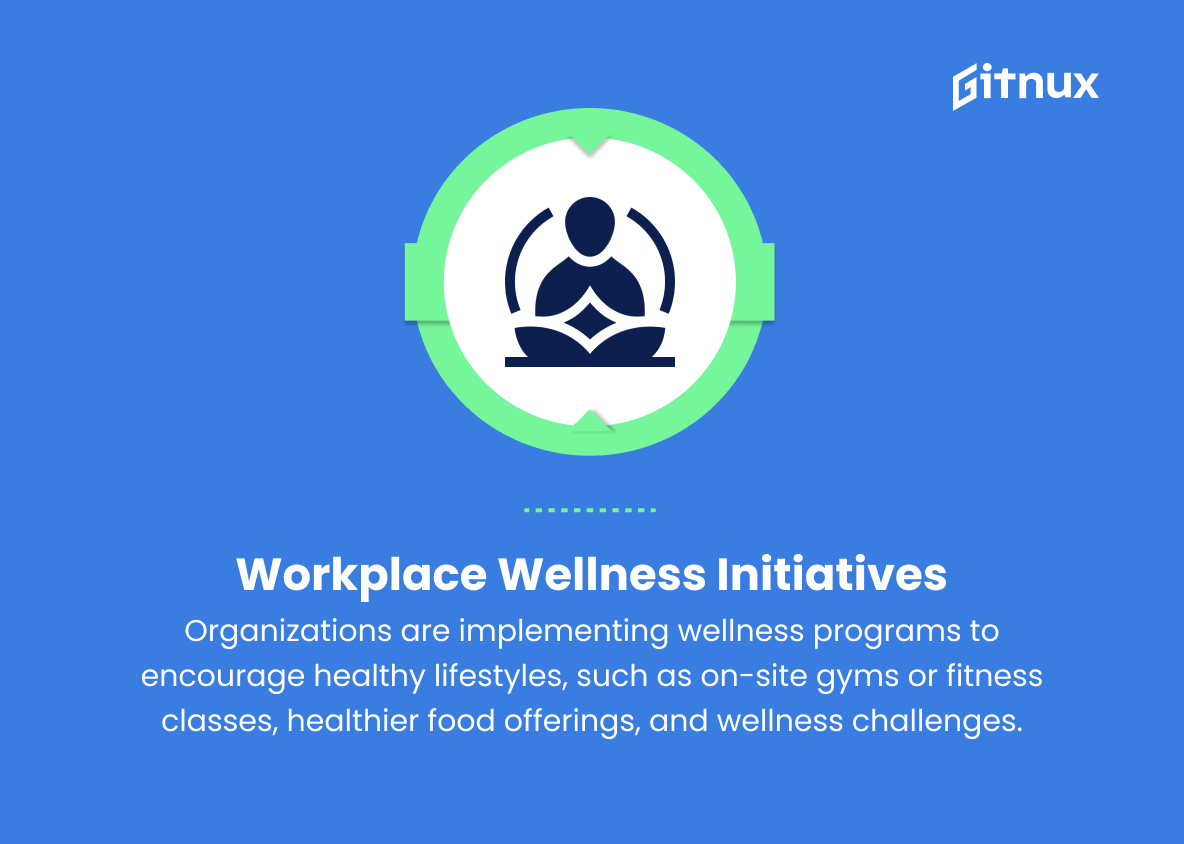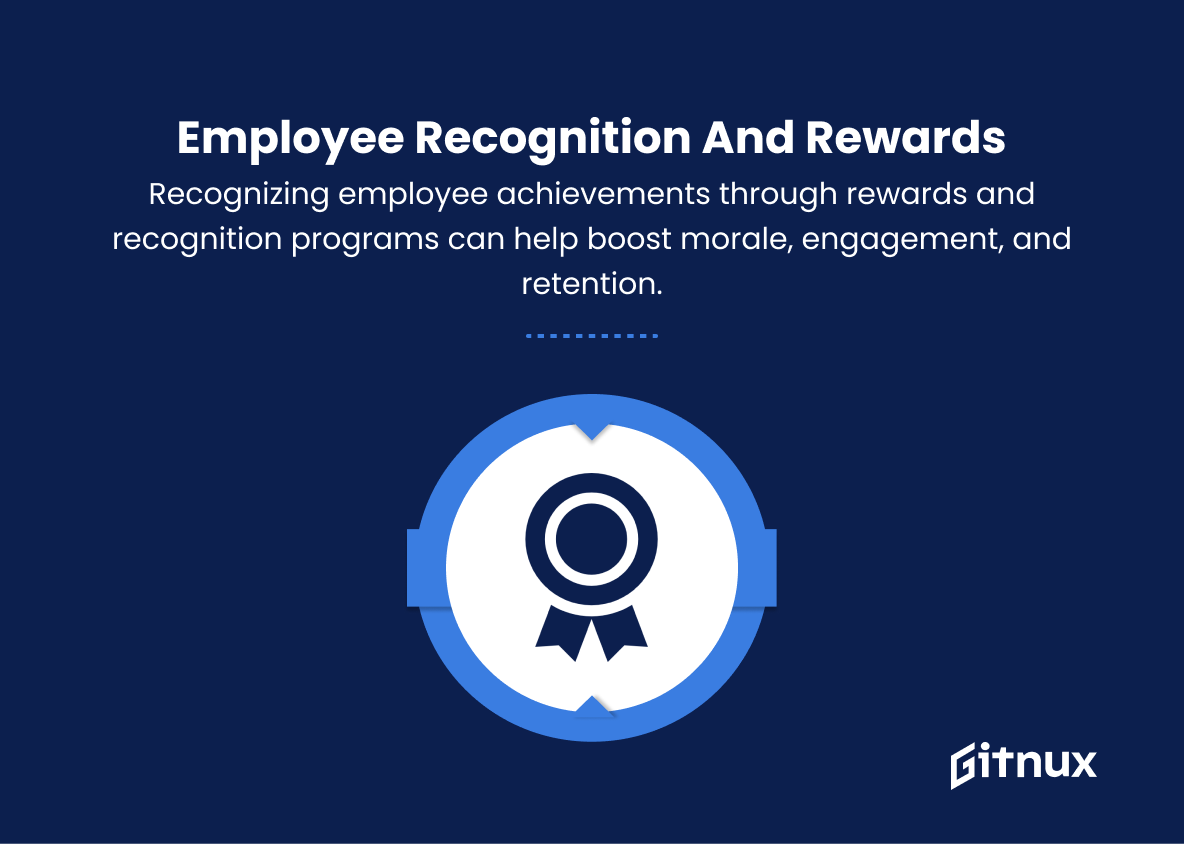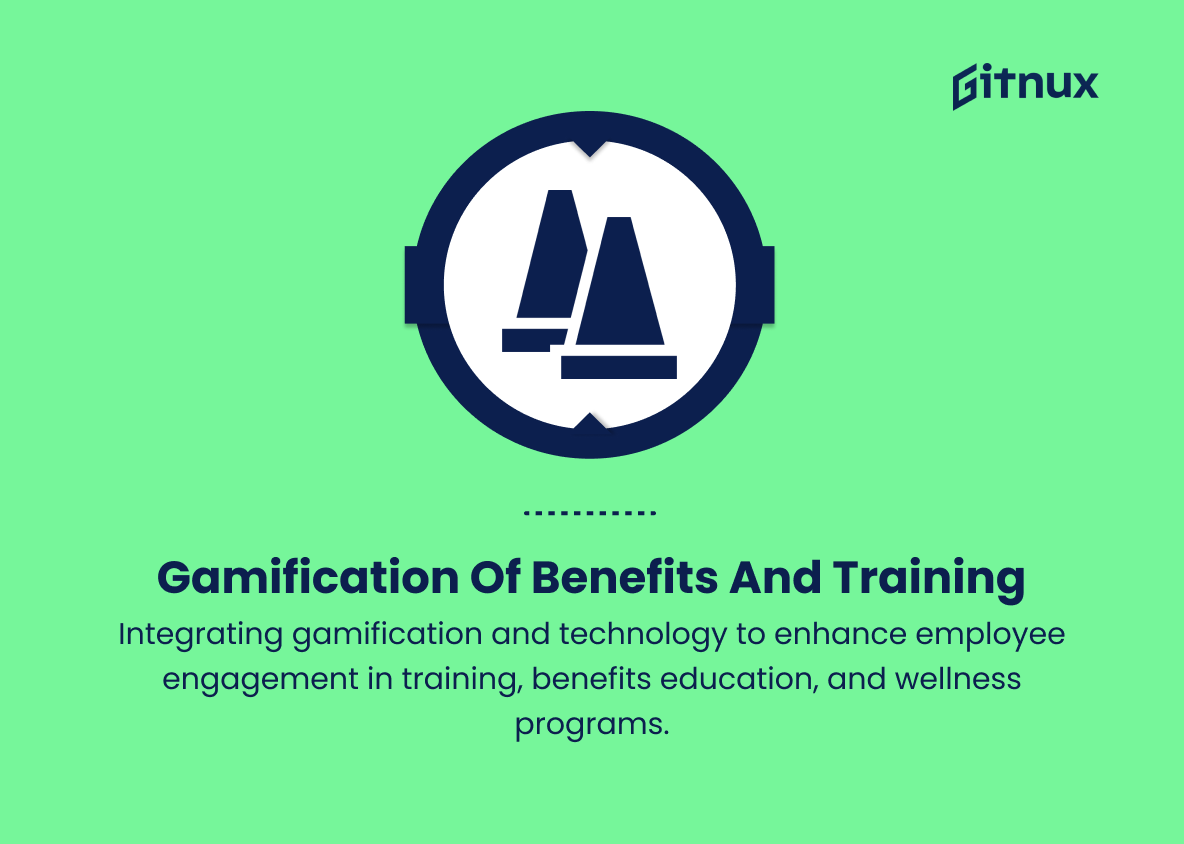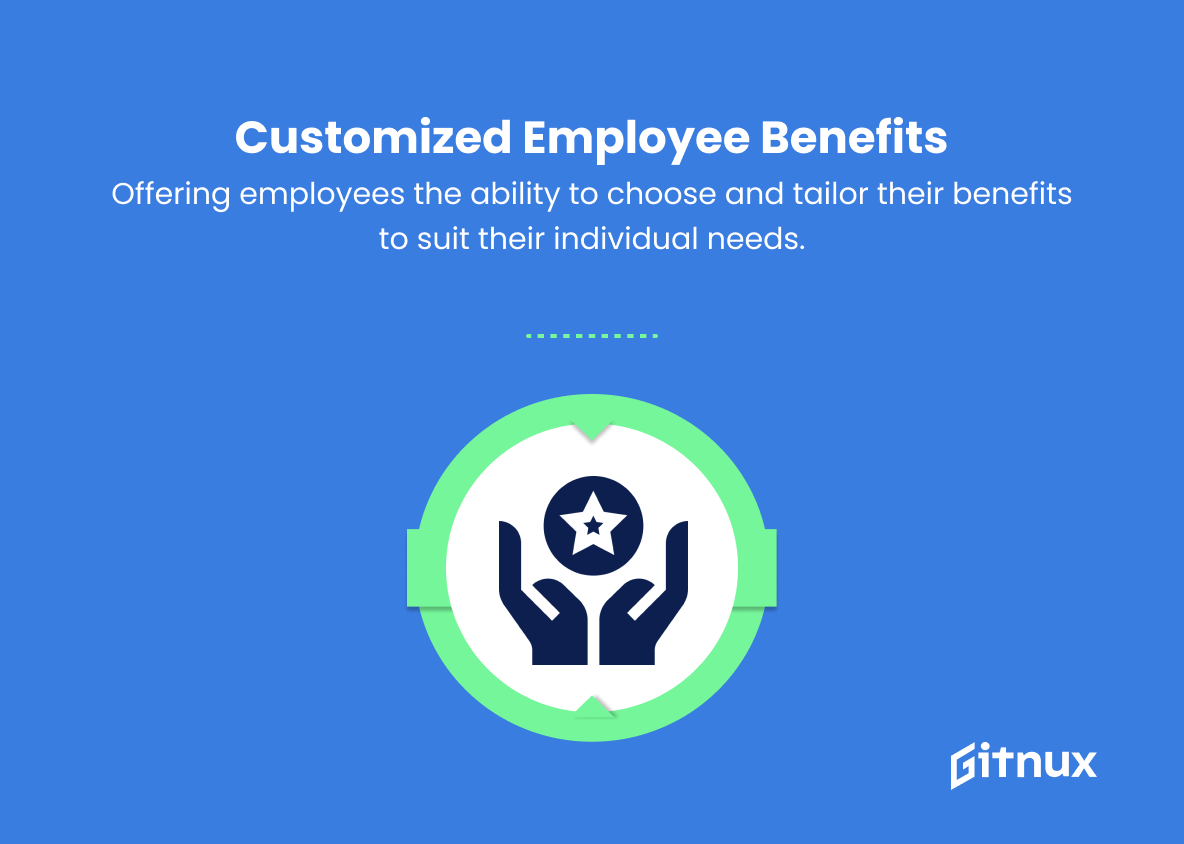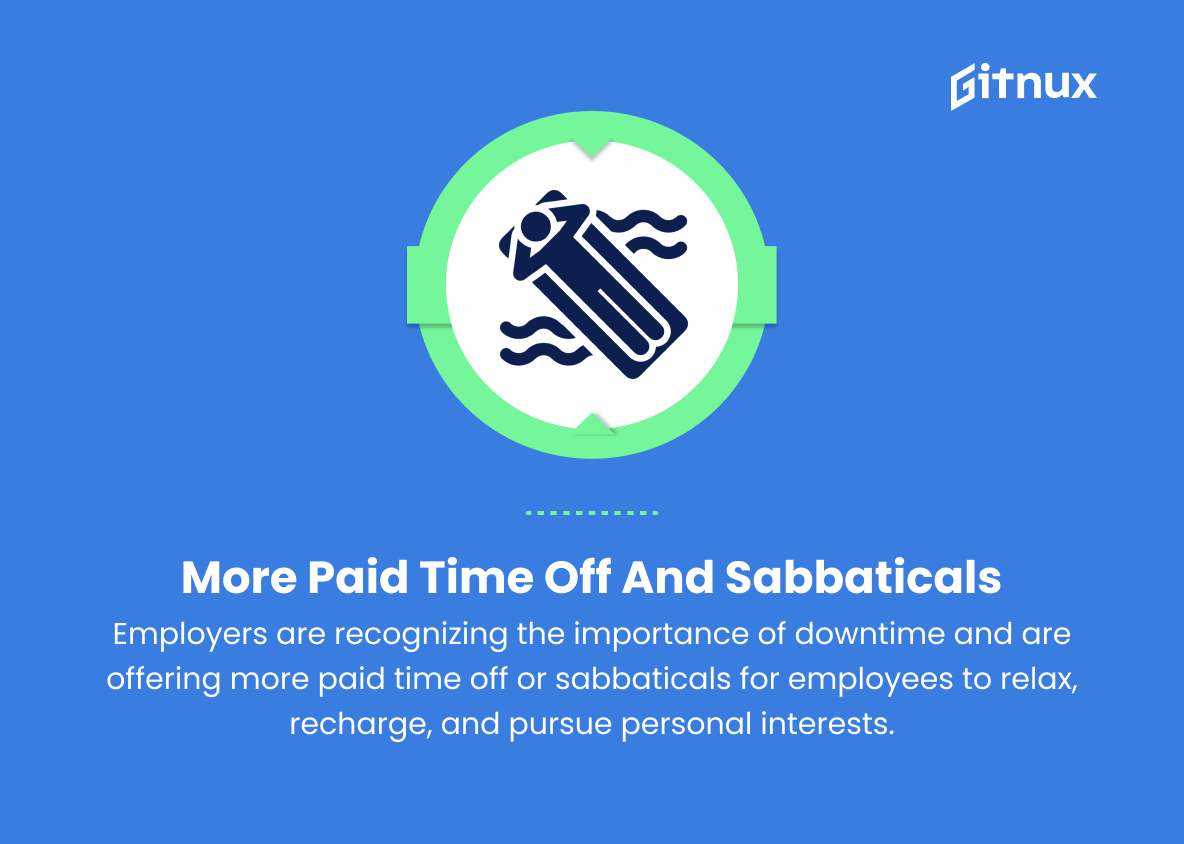As we navigate through the constantly evolving business landscape, it’s essential for organizations to stay informed about employee benefit trends. The modern workforce demands comprehensive benefit packages that cater not only to their financial wellbeing but also their physical and mental health. In this blog post, we delve into the latest trends in employee benefits and how they impact both employee satisfaction and organizational success. Join us as we explore what today’s employees value most, and how businesses can strategically align their offerings to foster a more engaged and productive workforce.
Top Employee Benefit Trends
1. Remote work and flexible schedules
Companies are increasingly offering remote work options and flexible schedules to accommodate employees’ work-life balance.
2. Mental health support
Employers are promoting mental health awareness and providing resources such as Employee Assistance Programs (EAPs) and mental health days.
3. Focus on diversity, equity, and inclusion
Companies are implementing initiatives to improve diversity and inclusion within the workplace and establishing policies that foster a culture of respect and equality.
4. Financial wellness programs
Financial wellness programs are being offered to help employees make better decisions regarding investments, retirement planning, and budgeting.
5. Comprehensive healthcare benefits
Employers are expanding their healthcare offerings to include a broader range of services, such as telehealth, virtual care options, and wellness programs.
6. Parental and family leave policies
Companies are enhancing their parental leave policies to provide more time off for new parents, and some are even extending leave for caregivers, offering time off for family and bereavement.
7. Professional development opportunities
Employers are investing in their employees’ growth by providing training programs, continuing education, and leadership development opportunities.
8. Student loan assistance
Some companies have started offering student loan repayment assistance as part of their employee benefits packages.
9. Workplace wellness initiatives
Organizations are implementing wellness programs to encourage healthy lifestyles, such as on-site gyms or fitness classes, healthier food offerings, and wellness challenges.
10. Employee recognition and rewards programs
Recognizing employee achievements through rewards and recognition programs can help boost morale, engagement, and retention.
11. Gamification of benefits and training
Integrating gamification and technology to enhance employee engagement in training, benefits education, and wellness programs.
12. Customized employee benefits
Offering employees the ability to choose and tailor their benefits to suit their individual needs.
13. Environmental and sustainability initiatives
Some companies are incorporating environmentally friendly practices and policies, encouraging employees to be more sustainable and socially responsible.
14. Gig economy benefits
As the gig economy and contract work continues to grow, companies are offering portable benefits and insurance options for workers who are not full-time employees.
15. More paid time off and sabbaticals
Employers are recognizing the importance of downtime and are offering more paid time off or sabbaticals for employees to relax, recharge, and pursue personal interests.
16. Employee stock options and profit-sharing
To incentivize employee loyalty and retention, companies are offering stock options and profit-sharing opportunities.
17. Collaborative office environments and remote office support
Employers are adapting their office spaces to be more collaborative and are supporting employees’ remote office setup.
18. Social responsibility initiatives
Many companies are offering employees paid time off for volunteering or participating in community projects, aligning their values with employee passions.
19. On-site childcare services or support
Providing on-site childcare services or contributing towards employees’ childcare costs to help alleviate stress on working parents.
20. Pet-friendly workspaces and pet insurance
As pets are increasingly being viewed as family members, companies are offering pet-friendly work environments and even pet insurance benefits.
Implications
Employee benefit trends are evolving to meet the diverse needs of modern workforces and create more inclusive, supportive environments. Remote work and flexible schedules have become essential for maintaining work-life balance, while mental health support programs address the growing need for holistic wellbeing. Fostering a diverse, equitable, and inclusive workplace is increasingly important for driving innovation; concurrently, financial wellness and comprehensive healthcare benefits empower employees to manage their finances and health more effectively. Enhanced parental and family leave policies provide support for new parents, and professional development opportunities invest in the employees’ long-term growth.
Student loan assistance, workplace wellness initiatives, and rewards programs help reduce financial burdens and promote a healthy, satisfied workforce. Gamification and customized benefits further engage employees, while environmental initiatives and support for gig economy workers reflect evolving social and economic concerns. Employers who offer more paid time off, sabbaticals, employee stock options, and profit-sharing demonstrate appreciation for their employees’ efforts and foster loyalty; in parallel, companies that support collaborative and remote office environments, and social responsibility initiatives, are staying one step ahead in an ever-changing business landscape. Finally, providing childcare services or support and pet-friendly workspaces showcases that employers value every aspect of their employees’ lives, ensuring their company culture will remain attractive in the future.
Conclusion
In conclusion, it is clear that employee benefit trends are constantly evolving to encompass a broader range of offerings tailored to the diverse needs of today’s workforce. As employers continue to invest in employee well-being, it is imperative for organizations to stay competitive and up-to-date with the latest trends in order to attract and retain top talent. Additionally, embracing these trends not only promotes a healthy and happy workforce but also results in increased productivity, job satisfaction, and overall company success. Companies must be prepared to assess and adjust their benefits packages to meet the ever-changing landscape, creating a win-win situation for both employees and employers alike.
